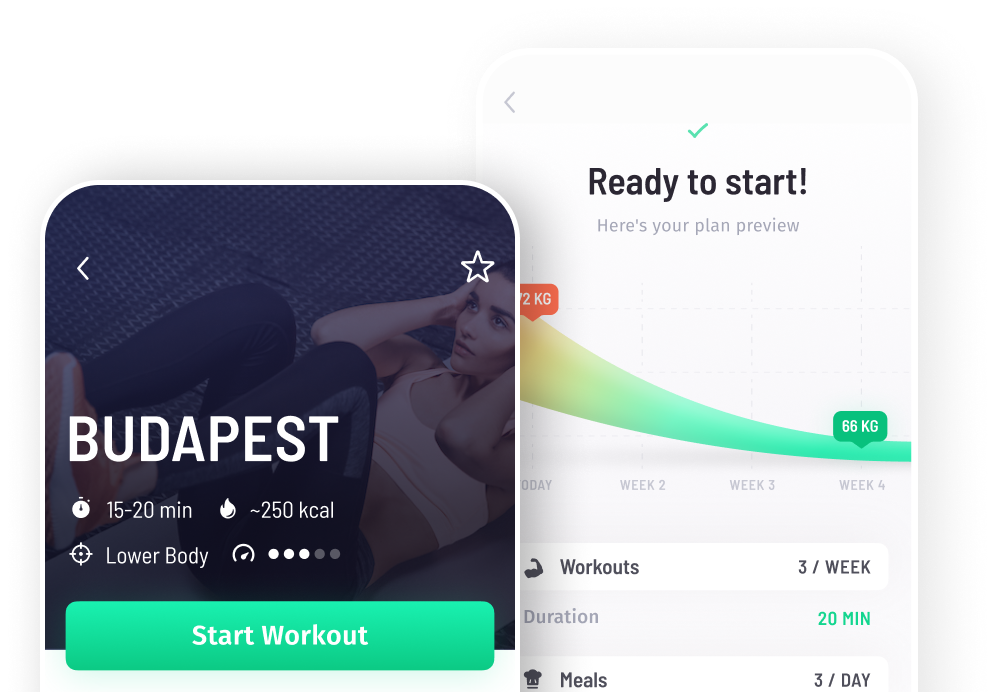You are probably familiar with the recommendation to walk 10000 steps a day. It’s a great goal. In fact, it’s a SMART goal:
- Specific – stating exactly what you set out to attain.
- Measurable – you can check the steps off using a pedometer or fitness band.
- Achievable – walking is accessible to the vast majority of the population, no matter what age or fitness level.
- Realistic – you don’t need to dedicate an unreasonable amount of time to it or buy an expensive kit.
- Time-related – the steps are per day, it’s not an open-ended proposition.
Depending on intensity and initial fitness levels, just through walking 10000 steps per day you could see weight loss of up to one pound of body fat a week!
In this article we will talk about the benefits of walking 10000 steps a day. But, before we begin...
How far is 10000 steps?
For some, it may be more realistic to keep track of overall distance rather than steps. Although pedometers are widely available and cheap too, if you are already walking to work you have probably used an online map tool to check the distance walked and can simply plot a route to make up the difference to achieve the desired 10000 steps. Depending on length of stride, for the average person, 10000 is going to be about five miles. Walking at a steady but motivated pace, expect this to be about an hour and a quarter total walk time.
So, what are the health benefits of walking 10000 steps a day?
- Walking is excellent for your heart. It lowers blood pressure and along with it your risk of stroke or heart attack. Low intensity exercise such as walking also increases the presence of good cholesterol and lowers the bad.
- Walking, unsurprisingly, is great for your legs. Lengthen your stride to stretch your legs muscles to their full extent and feel your calf muscles tighten.
- Your mood will improve – instantly and in the longer term too. As you step out, endorphins begin to take hold. If you can walk in a park to appreciate nature or make a walking date to catch up with a friend for added social benefit – even better!
- You could try walking with poles, also known as Nordic walking, to increase the reach of your walking workout. Using poles (like ski poles) to push off as you walk brings the muscles of your shoulders, arms and abs into play for a fuller exercise session.
- It may seem counterintuitive, but walking reduces fatigue. Slouching on the sofa has its time and place, but it can conspire to make us feel sluggish and demotivated. Challenge yourself to get up and simply put one foot in front of the other… and see how far it takes you!
Read also: Tips on how to overcome laziness
Did you enjoy this article? Share it!

